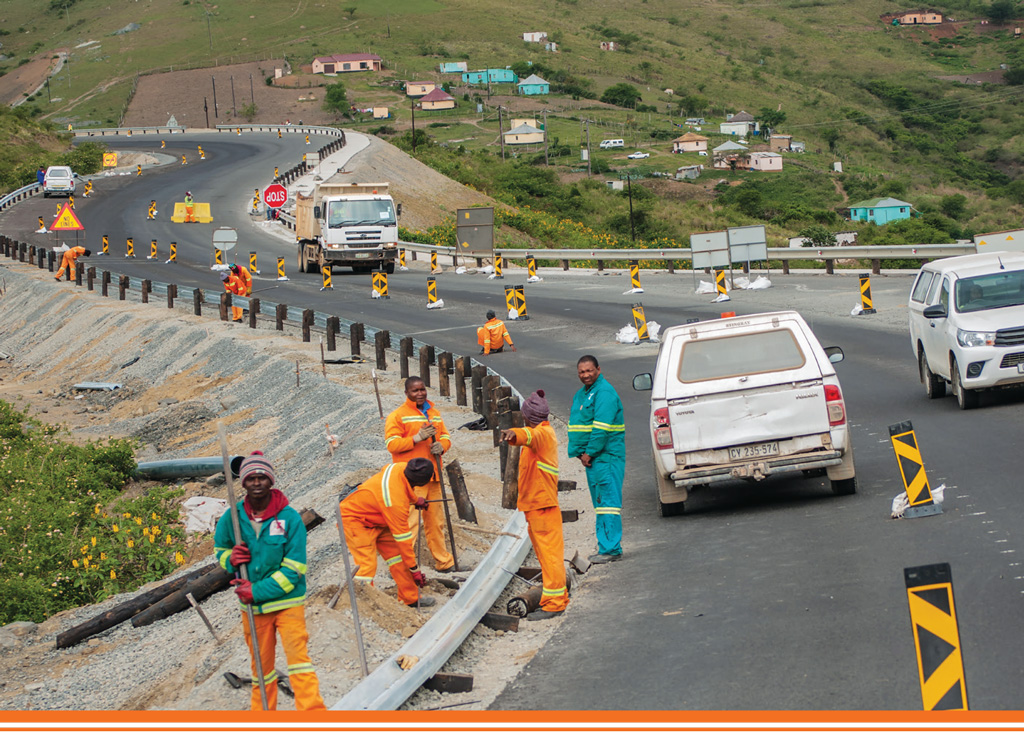
Why not another route?
SANRAL has enjoyed considerable support from the community of Pondoland for its flagship N2WCR project being undertaken in the area, which starts in East London and ends near Port Edward.
There has, however, been minimal opposition from a small group of villagers in the Amadiba coastal community. The anti-mining group, Amadiba Crisis Committee (ACC), has raised concerns around possible degradation of the environment and made false assertions that SANRAL never considered alternative alignments to the current greenfields portion of the freeway, particularly their proposed Mzamba inland alignment.
However, during the initial public EIA scoping process, the Mzamba inland alignment alternate was in fact investigated and found to not be a feasible alternative as it would require two additional mega bridges. It would also cause major social disruption to upgrade the R61 section of this alternative to a class 1 road. This alternative was also found to have many more wetlands and river crossings and was therefore not one of the feasible alternatives included for more detailed study as part of the full EIA.
Upgrading only the existing local road infrastructure to the degree that would allow sustainable local tourism and agriculture development as suggested by the ACC would be very expensive and have a low return on investment – unlike the N2WCR that will save the SA economy approximately R1.5bn a year in time and travel costs alone.
Most of the current route will run 10-15km inland to avoid the most sensitive areas of the Pondoland centre of plant endemism. The route only comes closer to the coast west of Port Edward so that it can tie in to the current R61 at the existing Mtamvuna River bridge.
ACC last year lost a court bid to have the project’s EIA overturned, sighting inadequate public consultation. Their application to appeal the decision was dismissed by the North Gauteng High Court in April where Judge Cynthia Pretorius noted that SANRAL’s public participation process was “one of the most comprehensive participation processes undertaken in this country”.
The High Court judgement confirmed that the approved route was the best available alternative based on a combination of social, environmental and economic factors. As there is only this one route with environmental authorisation SANRAL obviously cannot reroute the road inland as wished for by the ACC.
SANRAL is working closely with environmental agencies in the Eastern Cape to protect sensitive environmental areas. Affected individuals and communities are also compensated for the loss of any land and all structures within the road reserve are relocated and rebuilt in line with the approval of owners. As well as bridging several river gorges, SANRAL will improve local access roads and install numerous bus stops, pedestrian and agricultural bridges and under-passes along the route to ensure the new road project will connect communities, both with each other and with socio-economic opportunities.